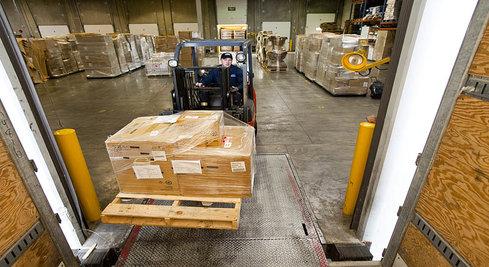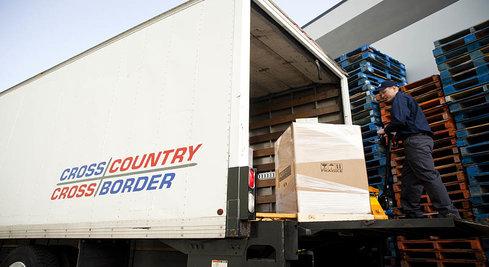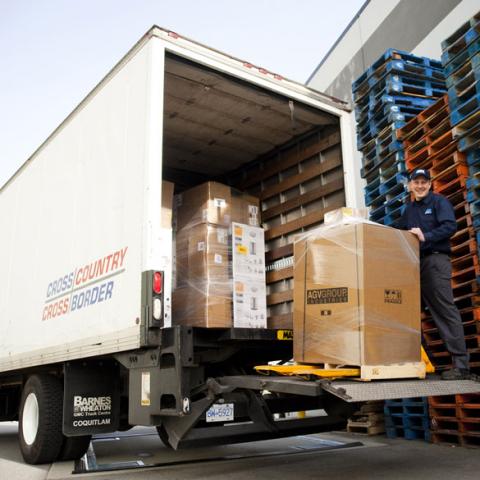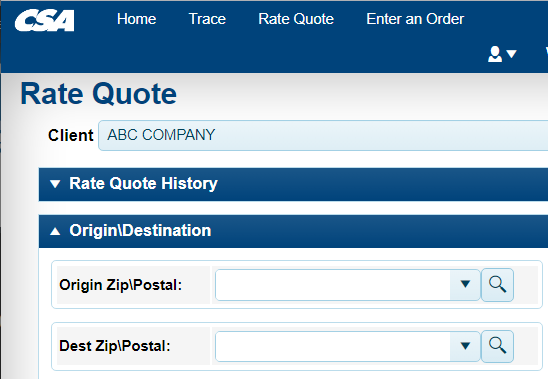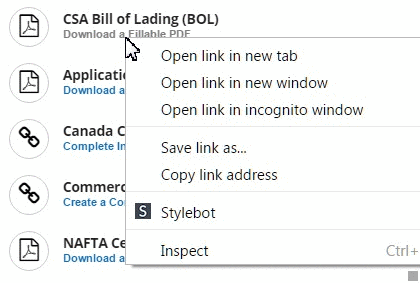Considerations when including shipping costs as part of your final product price.
Last week we published Part 1 of "Freight Shipping & Your Marketing Strategy", which introduced the essential benefits of utilizing an LTL provider in your marketing strategy. This week we give you Part 2: Considerations When Incorporating Shipping Costs Into Your Final Product Price. Read on to find out which option best suits your organization's needs.
As eCommerce for larger palletized products becomes more popular, small manufacturers and distributors would do well by testing pricing models where freight costs are included in the overall price and where they are separate. When selling large items that need to ship LTL on a pallet across vast distances, shipping rates will become a more significant part of the overall price. This can have the perception of an increased cost for lower-cost products while making higher-cost products appear cheaper by comparison.
Significant online marketplaces such as Amazon and eBay have started entering the B2B eCommerce space, and they tend to push their sellers to include shipping costs in with the purchase price. I recently completed a small home renovation project and sourced many materials from outside my local region. In all cases, the products purchased (crated tile, pallet of engineered flooring) included shipping costs built right into the price. Companies that regularly ship a pallet of construction materials (tile, stone, bathroom vanities) have decided to include freight as part of the price. This means they must have close ties to their trucking company and be able to ship competitively.
Here are a few things to consider when deciding whether to include freight in your sale:
- Higher sales volumes can equal greater efficiency on the shop floor: This may allow you to build freight shipping rates into your pricing model without raising the price of your products too much. Suppose you can attribute this efficiency to the orders delivered to your new "far away" clients. In that case, shipping may be a marketing promotional expense for you - the "cost of doing business" in these new regions.
- Including freight means your customers won't constantly be reminded that your products are being shipped to them from outside the region: As far as they're concerned, if it sends dock to dock (or door to door), buying from you is almost as easy as dealing with a local supplier and including freight may help keep things simple.
- Some customers may object to paying to ship as they have pre-established rates with their carrier: One way to test this is to monitor sales volumes on orders made outside your local region before and after you begin a shipping promotion. If you close more sales while running the promotion, it may be a worthwhile expense (given that you have the room to fit the extra costs into your product price, as discussed above).
- If the main competition in your new sales region is also offering free shipping to customers, you may need to do the same to stay competitive: It's simple enough to research this online by searching out the competition and seeing what shipping promotions they are advertising.
When selling to customers in regions outside your local market, setting up an account with an LTL freight shipping company like CSA Transportation will help you better understand your freight pricing and delivery options. Knowing this will put you in a better position to sell into new regions and close more of these sales opportunities.
Next week Part 3: Pallet Shipping Rates- A Simplified Freight Pricing Method.
Contact CSA Transportation Today for more information on LTL freight, or shipping from the US to Canada and how this can impact your business LTL freight, or shipping from the US to Canada and how this can impact your business, Contact CSA Transportation Today.
